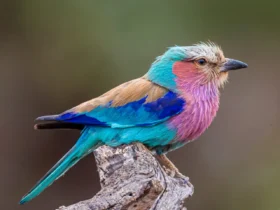The most beautiful blue birds in the world
In the world of birds, with their diverse and vibrant colors ranging from red, yellow, black, and white…, we cannot overlook the unique blue birds. In this article, we will share information about the most beautiful blue birds. Please continue reading.
1. Blue Grosbeak
This bird’s scientific name is Passerina Caerulea. It is a migratory species that nests in dense bushes and open fields in the southern United States and Mexico. During the cold season, they migrate to Central and South America.
In terms of appearance, only the male birds have bright blue plumage covering almost their entire body. The speckled markings on their feathers create a dynamic look that makes them stand out. The females have brown plumage with a hint of blue. It is easy to distinguish between males and females based on their appearance. The Blue Grosbeak’s main diet consists of snails and various grains.
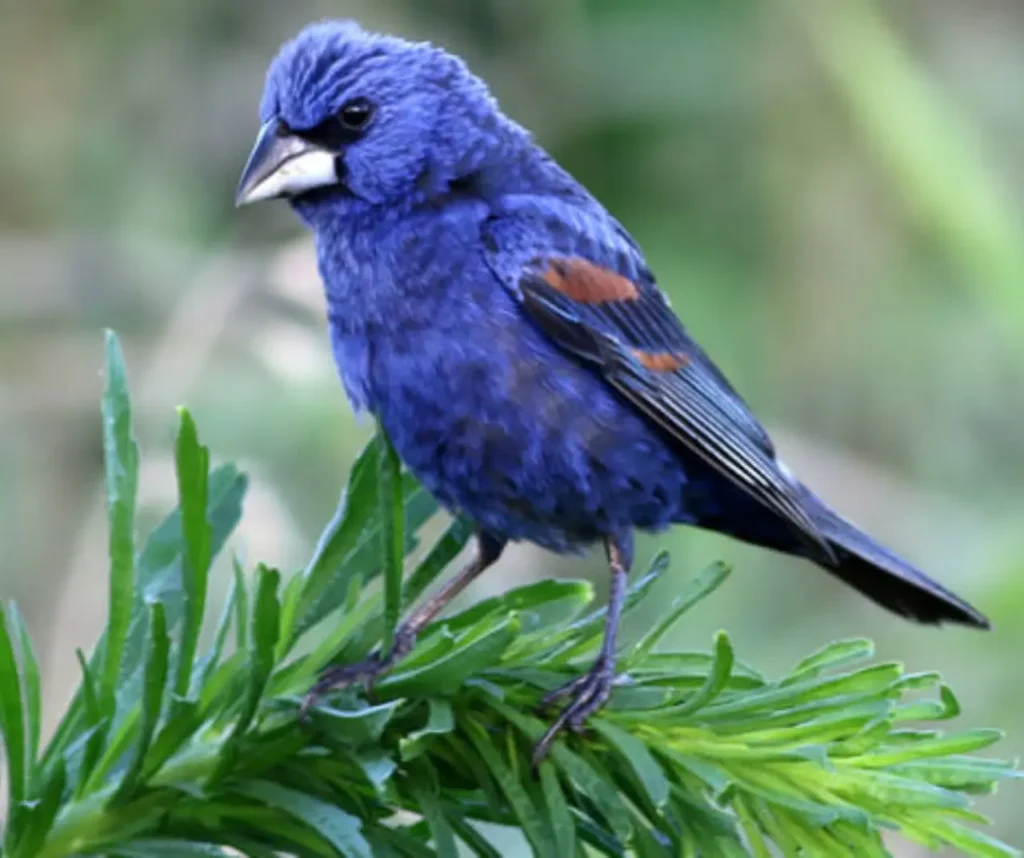
2. Eastern Bluebird
When talking about blue birds, we can’t overlook the Eastern Bluebird, a captivating bird with beautiful blue plumage and a melodious song. This bird species is found in meadows, agricultural areas, and gardens in North America. The Eastern Bluebird’s preferred food includes insects such as butterflies, grasshoppers, crickets, beetles, spiders, and more.
In terms of appearance, this bird species measures around 16-21 cm in length, has a wingspan of 25-32 cm, and weighs about 27-34 g. The males have blue plumage on their heads, backs, and wings, while their chests are reddish-brown. Females have lighter colors, with gray on the head and back, and some shades of blue on the wings and tail. The females’ breast is usually lighter than that of males and has an orangish hue.
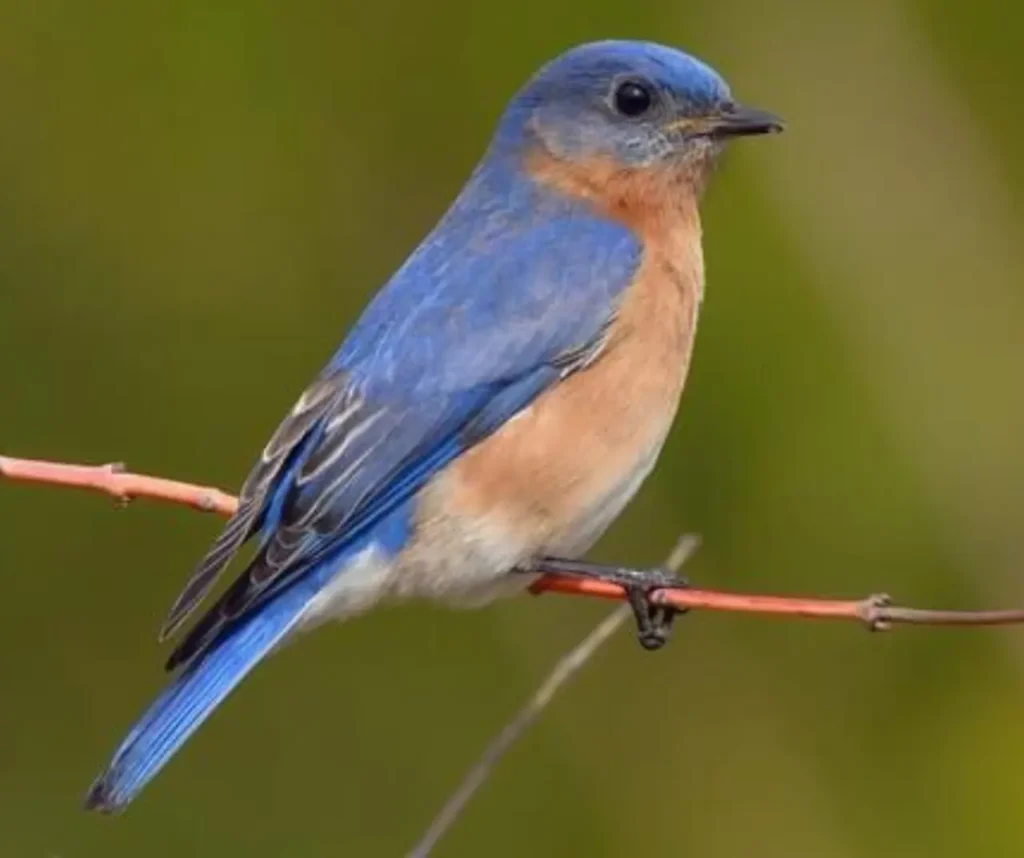
3. Indigo Bunting
Indigo Bunting is a representative species among blue birds. They display vibrant blue plumage from head to tail. Their beaks, on the other hand, are shiny silver-gray. However, the blue color is only maintained during the summer season and transitions to brown during winter. This bird species is found in the Eastern United States.
Their favorite food consists of insects and spiders, and during winter, they feed on berries and grass seeds. They search for food on the ground or in thickets. When it comes to breeding habits, the females are responsible for nest building and protecting the eggs and hatchlings. They build nests in shrubs or low trees, typically 1-3 feet above the ground, often in the shape of a cup. An interesting discovery is that the males use their song to mark their territory.
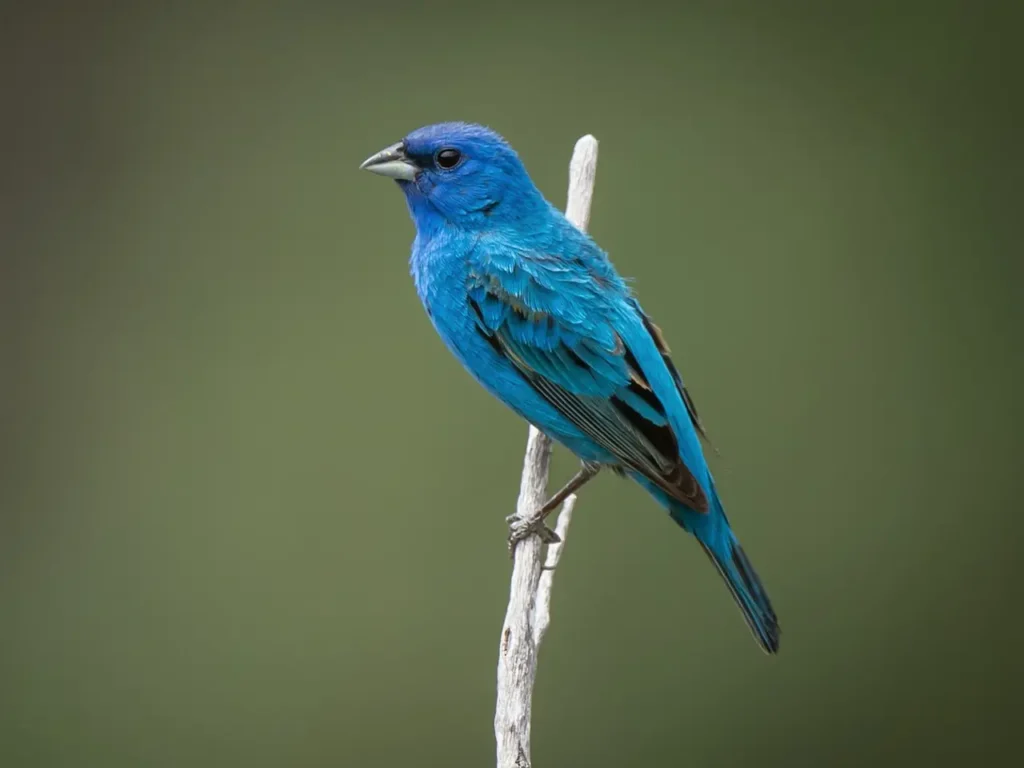
4. Blue Jay
Blue Jay, also known as Cyanocitta cristata, is a bird species belonging to the Crow family. They primarily inhabit the Eastern and Central United States and Southern Canada. Blue Jays can be found in deciduous forests, mixed woodlands, and residential areas.
In terms of appearance, this bird stands out with its blue plumage on the upper parts and white underparts, as well as a crest of blue feathers on the head. It is easy to differentiate between males and females based on their colors. For instance, males have blue, black, and white feathers, while females are usually gray with a pale orange hue on the chest.
Blue Jays are omnivorous, with about two-thirds of their diet consisting of plant matter and one-third being meat. During the summer, they primarily feed on insects, while in winter, they consume fruits, nuts, seeds, and acorns.
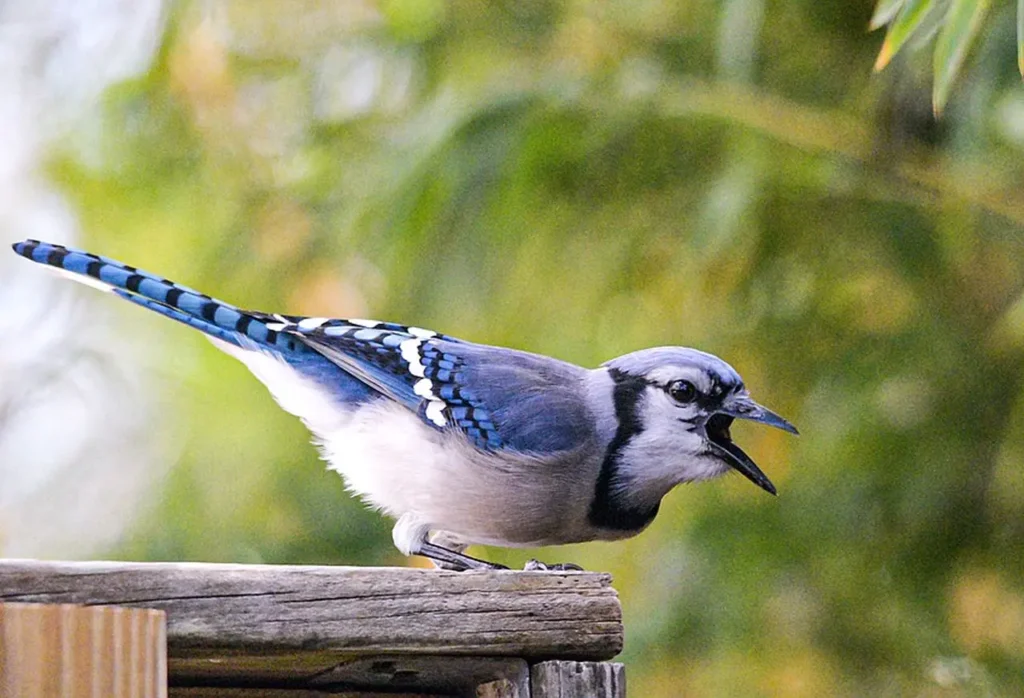
5. Lazuli Bunting
Lazuli Bunting, scientifically known as Passerina amoena, is closely related to the Indigo Bunting. At first glance, these two blue birds may appear similar, but upon closer observation, distinct differences can be noticed.
The Lazuli Buntings don’t have entirely blue plumage. They have brownish chests and white underparts. This bird species originates from the Western United States, unlike the Indigo Bunting, which is found in the East. The calls of Lazuli Buntings are higher and clearer compared to their Indigo Bunting relatives.
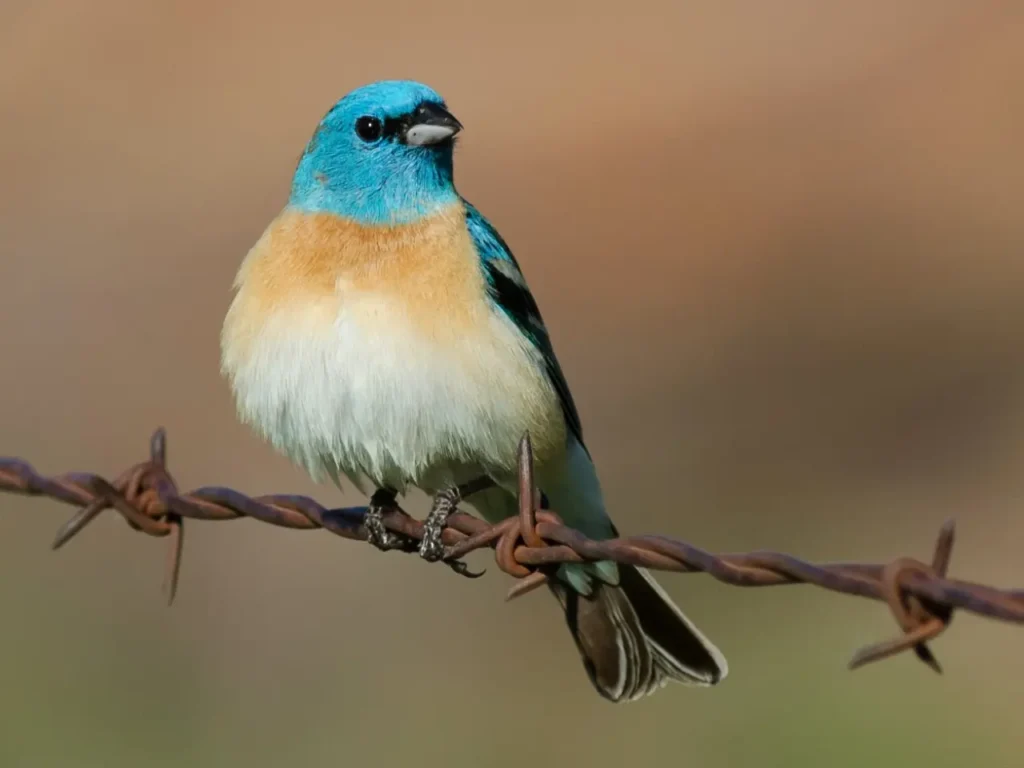
6. Cerulean Warbler
Cerulean Warbler, scientifically known as Setophaga cerulea, displays vibrant sky-blue plumage that can shift to emerald green under appropriate lighting. It has a white throat with black streaks. Females have a slightly different appearance with a touch of bluish-green in their plumage. This bird is one of the smallest wood warblers, measuring about 11 cm in length, weighing 8-10 g, with a wingspan of 20 cm. Males are slightly larger than females, and larger males tend to dominate.
Cerulean Warblers spend their winter months in northern South America and then migrate to the United States for their summer breeding season in Pennsylvania, Ohio, Indiana, Illinois, Kentucky, Tennessee, Michigan, and Wisconsin.
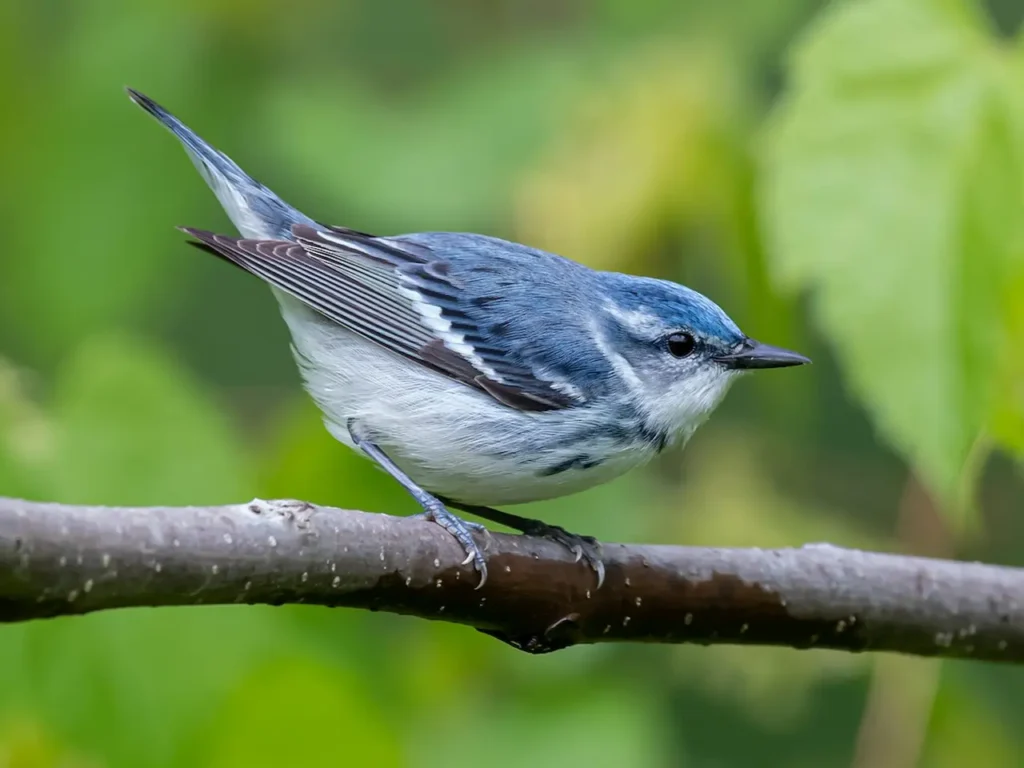
7. Tree Swallow
Tree Swallow, scientifically known as Tachycineta bicolor, is found in the Americas. In terms of appearance, the upper body of this bird species has glossy blue plumage, except for slightly darker wings and tail, while the underparts are white. It has a black beak, dark brown eyes, and light brown legs and feet. Females are generally duller in color, with predominantly brown upperparts and some blue feathers. Juveniles have brown upperparts and grayish-brown throats.
This bird species primarily breeds in the United States and Canada. It winters along the southern coastal regions of the United States, the Gulf Coast, extending to Panama and the northwestern coastal regions of South America and West Indies.
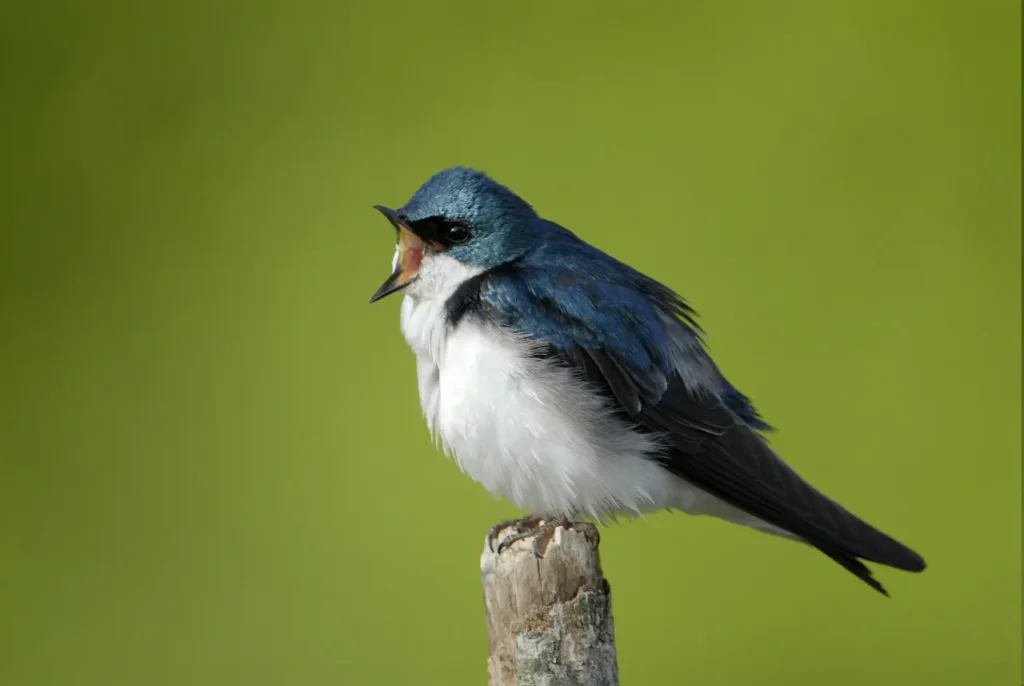
In conclusion, we hope that this article has provided you with valuable information about various blue-colored bird species in the world.
